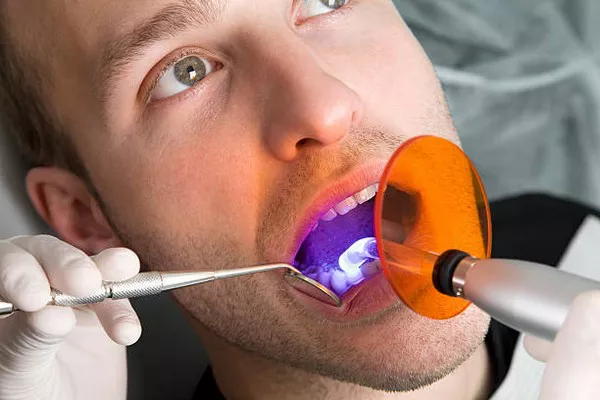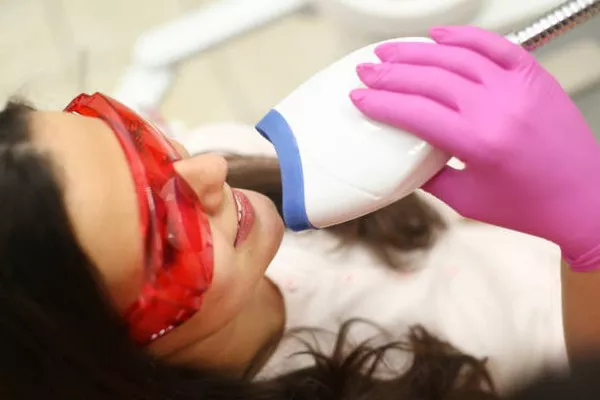Orthodontic treatments, such as braces, are essential for correcting misaligned teeth and improving oral health. While many individuals undergo full-mouth braces, some might only need correction on the top arch. Understanding the costs of getting braces for the top teeth only involves considering various factors, including the type of braces, treatment duration, and specific needs of the patient. This comprehensive guide will explore the costs, eligibility, risks, benefits, and alternatives to getting top braces only.
Cost Range
The cost of traditional metal braces can range from $2,500 to $7,500. It is a common misconception that getting braces for a single arch (either the top or bottom) would cost exactly half of a full set. However, the pricing for a single arch treatment doesn’t follow a straightforward half-cost rule due to several fixed costs associated with the overall treatment plan.
Fixed Costs and Treatment Planning
Orthodontic treatment involves more than just the braces themselves. Several fixed costs contribute to the overall expense, such as:
Initial Consultation: The initial evaluation and consultation with the orthodontist to assess the patient’s needs.
Treatment Planning: Developing a customized treatment plan tailored to the patient’s specific orthodontic issues.
Follow-up Visits: Regular appointments to adjust the braces and monitor progress.
Retainers: Post-treatment retainers to maintain the position of the teeth.
These components remain necessary regardless of whether the braces are applied to both arches or just one, thus influencing the cost structure.
Factors Affecting Cost
Several factors can affect the overall cost of getting top braces only:
Treatment Duration: The length of time the braces will be worn affects the total cost. Shorter treatment times typically cost less, while longer durations increase the overall expense.
Number of Visits: The frequency of follow-up visits and adjustments needed during the treatment can add to the total cost.
Type of Braces: The cost varies depending on the type of braces chosen (metal, ceramic, lingual, etc.). Traditional metal braces are usually the least expensive option.
Geographical Location: The cost of orthodontic treatment can vary significantly based on the location and the cost of living in that area.
Orthodontist’s Expertise: The experience and reputation of the orthodontist can also influence the cost of treatment.
Additional Procedures: Any additional dental procedures required before or during the orthodontic treatment, such as extractions or periodontal work, can add to the overall cost.
Eligibility for Top Braces Only
Not everyone is a candidate for top braces only. Typically, the following individuals might be eligible:
Previous Orthodontic Treatment: Adults who had braces previously but require minor adjustments to the top teeth.
Straight Lower Teeth: Individuals with naturally straight lower teeth and only minor misalignments on the top row.
Cosmetic Adjustments: Those seeking to correct slight cosmetic issues rather than significant bite or alignment problems.
Risks and Considerations
Opting for braces on the top teeth only involves certain risks and considerations:
Altered Bite: Moving only the top teeth can affect the alignment of the bite, potentially causing issues with how the upper and lower teeth come together.
Impact on Lower Teeth: Changes in the position of the top teeth might exert pressure on the bottom teeth, leading to new alignment issues over time.
Comprehensive Evaluation: A thorough evaluation by an orthodontist is crucial to determine if single arch treatment is appropriate and to mitigate any potential complications.
See Also: How Much Are Metal Retainers
Benefits of Top Braces Only
There are benefits to getting top braces only, especially for those with specific orthodontic needs:
Minor Adjustments: Ideal for correcting minor misalignments or gaps in the top row of teeth.
Reduced Cost: Potentially lower cost compared to full-mouth braces due to the reduced scope of treatment.
Shorter Treatment Time: Often results in a shorter overall treatment duration.
Consultation with Orthodontist
A consultation with an orthodontist is essential to determine suitability for top braces only. During this consultation, the orthodontist will:
Evaluate Oral Health: Assess the condition of your teeth, gums, and jaw to ensure you’re a good candidate for single arch treatment.
Discuss Goals: Understand your goals and expectations for the treatment.
Develop a Plan: Create a personalized treatment plan that outlines the steps, duration, and costs involved.
Provide a Quote: Offer a detailed quote based on the specific requirements of your treatment.
Alternative Options
If top braces only are not suitable, there are other orthodontic options available:
Clear Aligners: Suitable for minor straightening, clear aligners like Invisalign offer a discreet and removable option for orthodontic treatment.
Lingual Braces: Placed on the back of the teeth, these braces are invisible from the front and can address more complex issues.
Ceramic Braces: Less noticeable than metal braces, ceramic braces blend with the natural color of your teeth.
Insurance and Payment Plans
Orthodontic treatment can be a significant investment, but there are ways to manage the cost:
Dental Insurance: Some dental insurance plans cover a portion of orthodontic treatment costs. It’s important to check with your provider to understand the extent of the coverage.
Payment Plans: Many orthodontic offices offer payment plans that allow you to spread the cost of treatment over several months or years.
Financing Options: Third-party financing options, such as CareCredit, can provide flexible payment solutions for orthodontic treatments.
Conclusion
The cost of getting top braces only can range from $2,500 to $7,500, influenced by various factors such as treatment duration, number of visits, and the type of braces used. While the cost is not necessarily half of full-mouth braces, understanding the fixed costs and individual needs can help in planning and budgeting for the treatment. Consulting with an orthodontist is crucial to evaluate eligibility, discuss goals, and develop a personalized treatment plan. Alternative options like clear aligners, lingual braces, or ceramic braces may also be considered based on the specific needs of the patient. With the availability of insurance coverage and flexible payment plans, achieving a straighter, healthier smile can be more accessible.
You Might Be Interested In



























